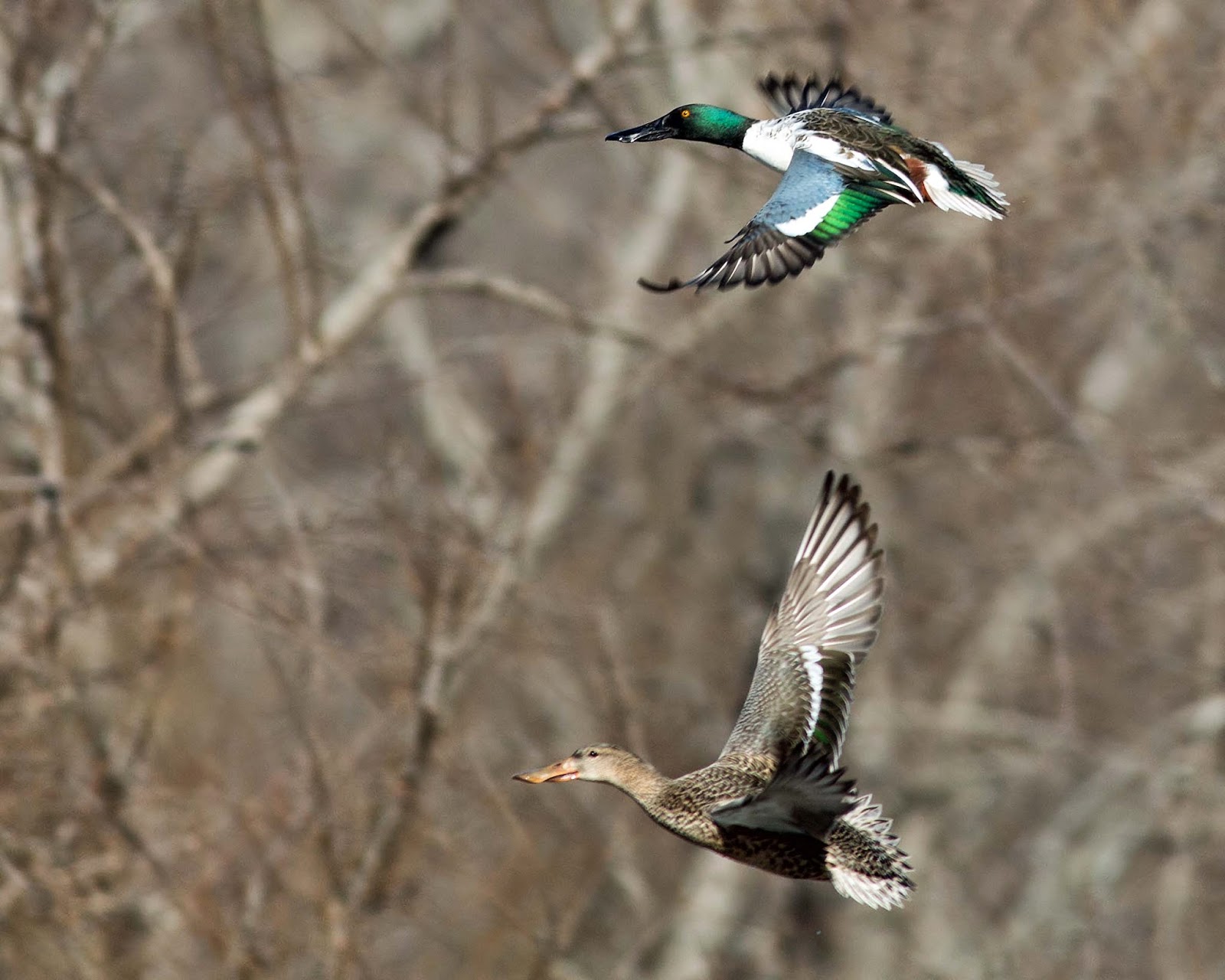
Happy Meteorological Winter Day.
What is it? A three month period, Dec, Jan and Feb which are generally the coldest months in the Northern Hemisphere.
"Astronomical winter is what we associate with the winter solstice which is when the sun reaches its southern most point relative to the globe and is directly above the Tropic of Capricorn." Most people think of 21 December (winter solstice) as the beginning of winter.
So what does the Woolly Worm have to do with winter? Depending on your geographical location as to what it is called, the Woolly Worm or Woolly Bear which is the larval stage of the
Isabella tiger moth,
Pyrrharctia Isabella has been used in folklore to predict the severity of winter weather.
Folklore has it that the wider the brown band on the caterpillar, the milder the winter. Actually variations in the coloration depends on where the caterpillar is in the larval stage, food availability, temperature and moisture during developmental period, species and age.
So what does this one say.....sort of mild. If today with a temperature of 75 is an indication of the winter prediction....I will take it.
Is it accurate, no, but fun. I saw one last week that had a very narrow band of brown which meant a hard winter. I believe I like the prediction from this one better.
 Saturday was more reminiscent of an early spring day versus an early winter's day. Frost was on the boardwalk over the pond early in the morning but quickly burned off as the sun rose higher. By the end of the day temperatures had risen to about 63.
Saturday was more reminiscent of an early spring day versus an early winter's day. Frost was on the boardwalk over the pond early in the morning but quickly burned off as the sun rose higher. By the end of the day temperatures had risen to about 63.































